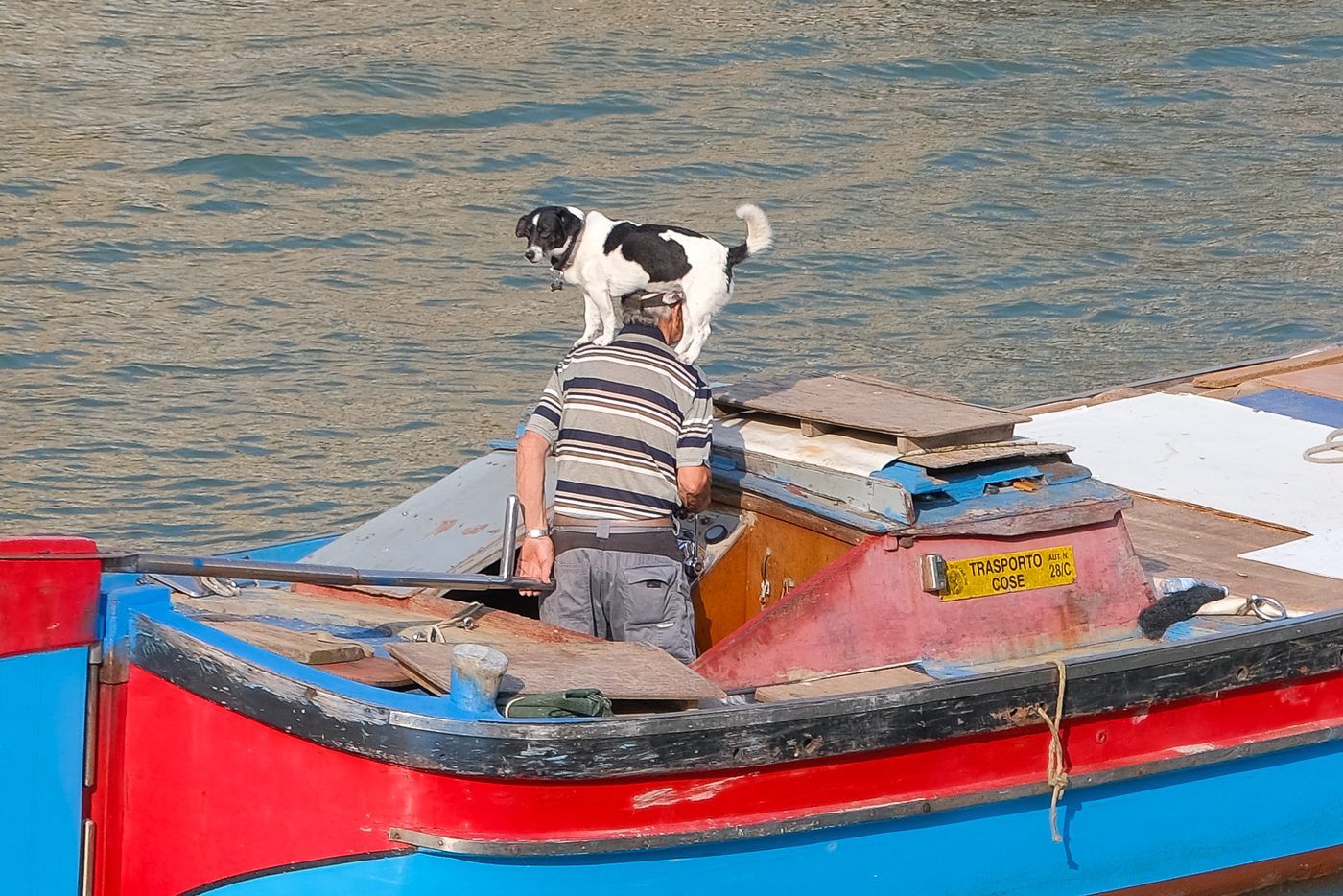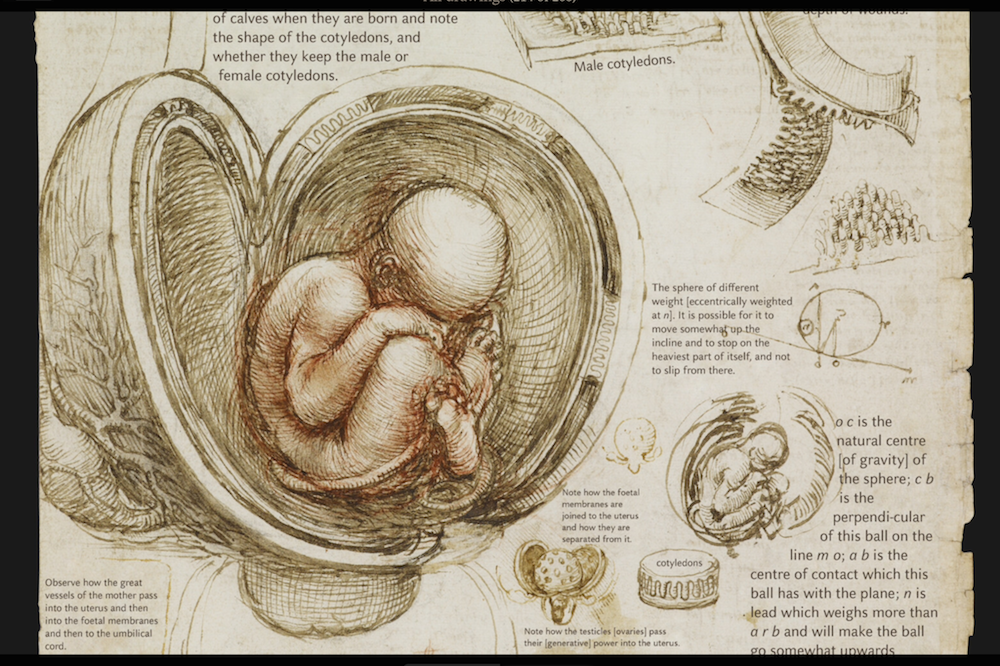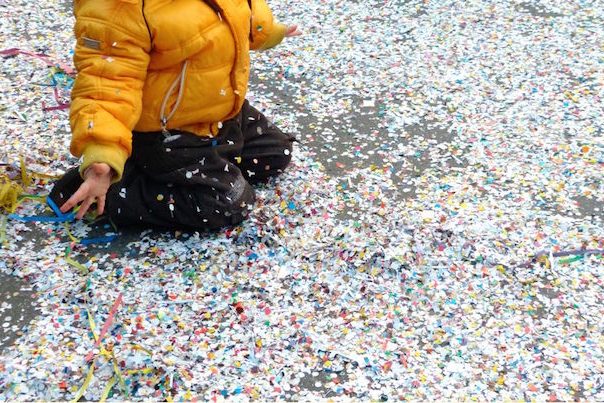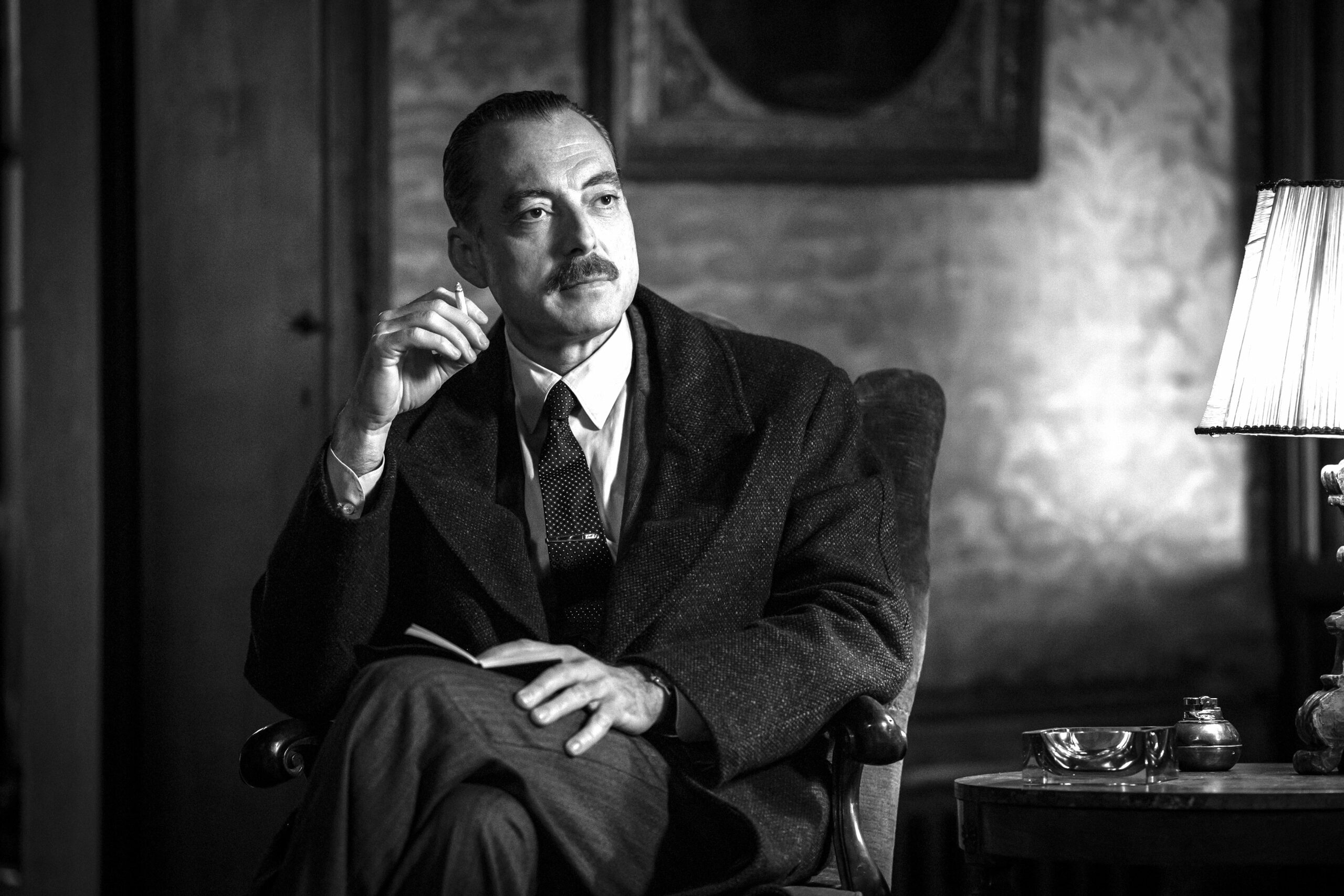It’s easy to be completely overwhelmed by the spectacle of Venice. For nearly a thousand years people have been describing it as nothing less than a feast for the eyes, and in our present ever-more visual culture it’s common to believe that all the city’s artistry (and life) lies displayed on its glittering exotic surface, to be taken in at a glance.
In such an optically-oriented city, to step into the small workshop of Francesco Trevisan on the ground floor of his 16th-century house located just behind Peggy Guggenheim’s famous collection of modern paintings and sculpture is to step into time. The kinds of time by which music is organized and over which it unfolds. And the slow time of tradition and family legacy.
For Francesco is a maker and restorer of violins and other stringed instruments, and his work calls to mind the city’s glorious musical history, ranging from Monteverdi and Vivaldi to Stravinsky and the Venetian 20th-century avant-garde composer Luigi Nono. His workshop is filled with the tools of his trade and instruments in various states of repair and, seated on the floor in the middle of it all on the first day I visited Francesco there, his two-year-old son, Arturo.
Arturo was pounding on a block of wood with a large mallet, and I when I asked Francesco when he first started working with wood he pointed to his toddler son.
“I was his size. I started out just playing in my grandfather’s workshop. His tools were my toys, as mine are for Arturo. My grandfather worked on Navy boats in the Arsenale. And his brother, my great-uncle, had a business renting boats near the church of the Carmini. My grandfather repaired those, too. This was in the 1970s, when motorboats, and fiberglass boats, hadn’t yet taken over. If a Venetian needed to transport something then, like a piece of furniture, they did so in a wood boat rowed in the Venetian style [ie, like a gondolier]. Those were my great-uncle’s customers.”
Outside the high bright open windows of the workshop the long courtyard of Rio Terà San Vio was so silent that afternoon—no hint of vaporetto or water taxi—that I could imagine I still lived at a time when Venetians got around by oar. In an era when it was still the norm, rather than a rare old-fashioned anomaly, that the son of a violin restorer would naturally and inevitably take up the trade himself.
But during Francesco’s childhood in the 1970s the last of such traditional trades were already vanishing from Venice, done in by changing economics and the beginnings of mass tourism. In spite of his grandfather’s influence, Francesco’s path to becoming a violin maker was not direct. He studied physics at Ca’ Foscari, then, after a mandatory year of military service, worked in the carpentry department of Teatro La Fenice until he was 30, when he gained admittance to the International School of Violin Making in Cremona.
Francesco himself plays the flute. But he told me that, aside from the facts that he’d worked with wood his entire life and the school was excellent and nearby, he applied to the Violin Making School because the violin had always held a special allure for him.
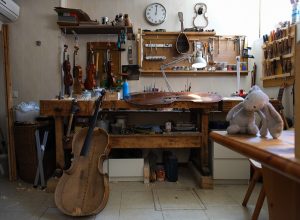
Because of his previous woodworking experience Francesco completed his schooling at Cremona in three years, then began a series of moves in order to perfect his craft. He spent his mandatory one-year training period in Oldenburg, Germany, where he could focus on restoration. Then came periods in England and Holland, Cremona for two years, and Lugano, Switzerland for 18 months, before returning to Venice to open his own shop.
In a city so given over to tourism it wasn’t easy to make a go of it. Nor was he happy with how much time he had to devote to matters of business instead of craft. So when a friend told him of an opening at an important shop in New York City near Lincoln Center, David Segal Violins, he applied for it.
“I ended up liking New York City very much,” Francesco told me, “but I would have gone wherever that shop was. ”
He spent his hours in the shop restoring and repairing some truly great instruments. Ironically it was only in New York that he first had the chance to actually work on—and not just study—instruments made by the legendary luthiers of Cremona, such as Giuseppe Guarneri del Gesù and Antonio Stradivari. In his spare time, after shop hours, he made violins of his own. “If you want to make violins,” he said, “it’s vital to have the experience of actually handling and working with a Stradivarius or a Testore. To understand first-hand how they were put together.”
Francesco’s skill as both a maker and restorer resulted in other job offers from prominent shops, but it was a relationship, and subsequent marriage, that brought him back to Venice.
To ease the financial burden on his one-man workshop, he (like many Venetians) runs a B&B out of his house. Named Dorsoduro 461, after its address, it offers three double rooms in the apartment two floors above his ground-floor workshop, and a bright book-filled lounge/breakfast room overlooking picturesque Rio Terà San Vio (www.dorsoduro 461.com)
“They are not extravagant lodgings,” Francesco said, “but they are very fairly priced, I think, and comfortable, and the location can’t be beat. They’re close to everything, and very Venetian. But also very peaceful.”
His ideal now is to integrate his work on instruments with the B&B. “I’m lucky to have had interesting guests from all over,” he said. “But when musicians come to stay, that’s even more special. If a musician has an instrument to repair, or is interested in having a violin made, then the shop and B&B merge perfectly.”
I asked him about the front of a double bass lying on his main worktable. “It’s from the mid-19th-century,” he told me, with the strong but measured enthusiasm that animated him whenever the subject was a particular instrument in his shop.
“A local baroque musician found it in a flea market. The sides are so damaged I must fill them in with small pieces of wood, as if I’m making a mosaic. But it’s a Viennese instrument, its top is in excellent shape, and it’s not easy to find an instrument like this with wood that’s been seasoned for one or two centuries. Or, rather, you can, but it will be extremely expensive. This job will take six months. But when I’m done he’ll have an instrument whose sound is perfect for baroque music, instead of the tones you get from new instruments.”
He picked up Arturo from where he was playing on the floor and said, “And now it’s time for his lunch.”
Arturo held a hammer, which he seemed intent on bringing with him upstairs to the dining table. Seeing it, I thought of the line of woodworking that ran from Francesco’s grandfather to Francesco, and possibly to Arturo, and asked, “But what about your own father, Francesco, he didn’t work with wood?”
“No,” Francesco said, “he sold fabrics.” Which, of course, is another craft and trade at which Venetians have long excelled.
Then I asked the question I’d had in mind since seeing Arturo in the workshop: “Do you hope that Arturo will follow in your footsteps? Become an instrument maker, too?”
“I’d like him to be able to do what really interests him,” Francesco replied. “If that is working with wood, then, yes, I would be happy. I became used to the smell of wood and the tools very very early in my life. I think that can be very beautiful, to start very young with very good memories of being with your grandfather, or father, in a good safe place, having fun. Playing, not working. The memories stay with you always, when you are older, they inform your work, they remain.
But if that is how he will feel about things—that is up to him. I don’t worry about such things. The important thing now is to have fun.”
For more about living in Venice, visit Steven Varni’s blog: http://veneziablog.blogspot.com




